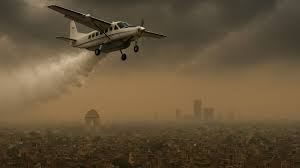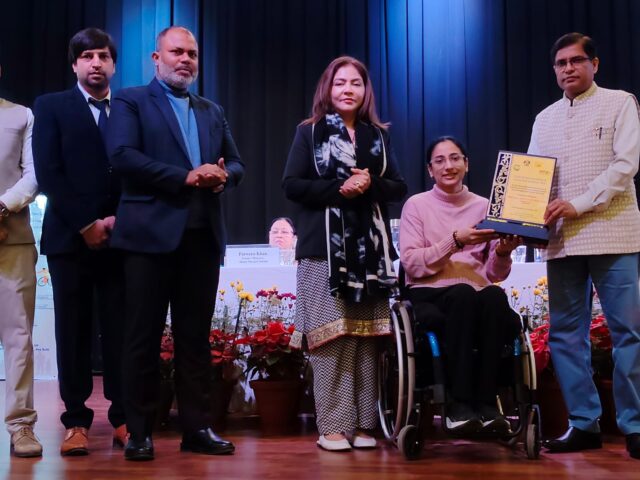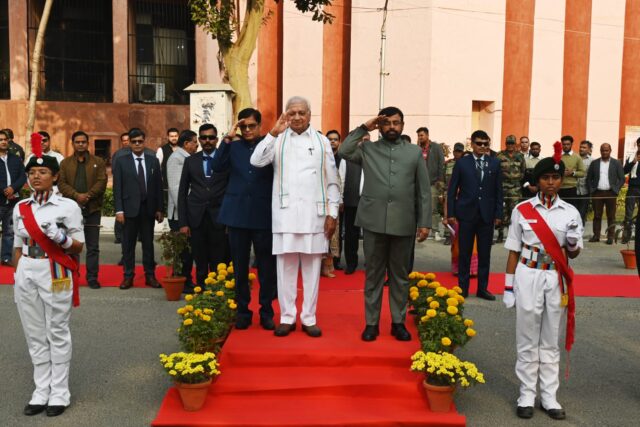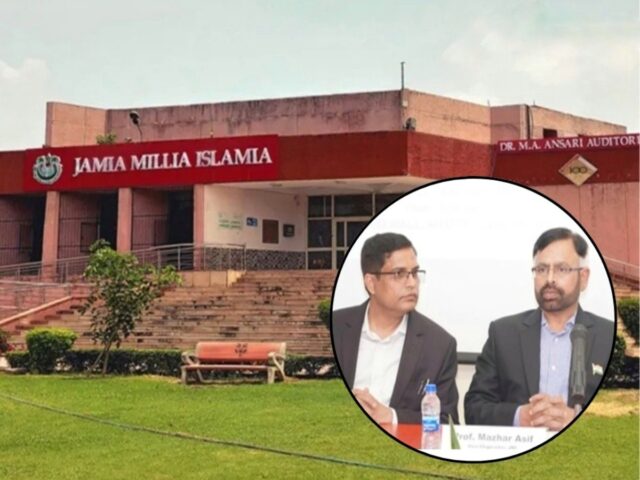India and Russia have found a solution to the Red Sea crisis, will cut China’s chest and do business
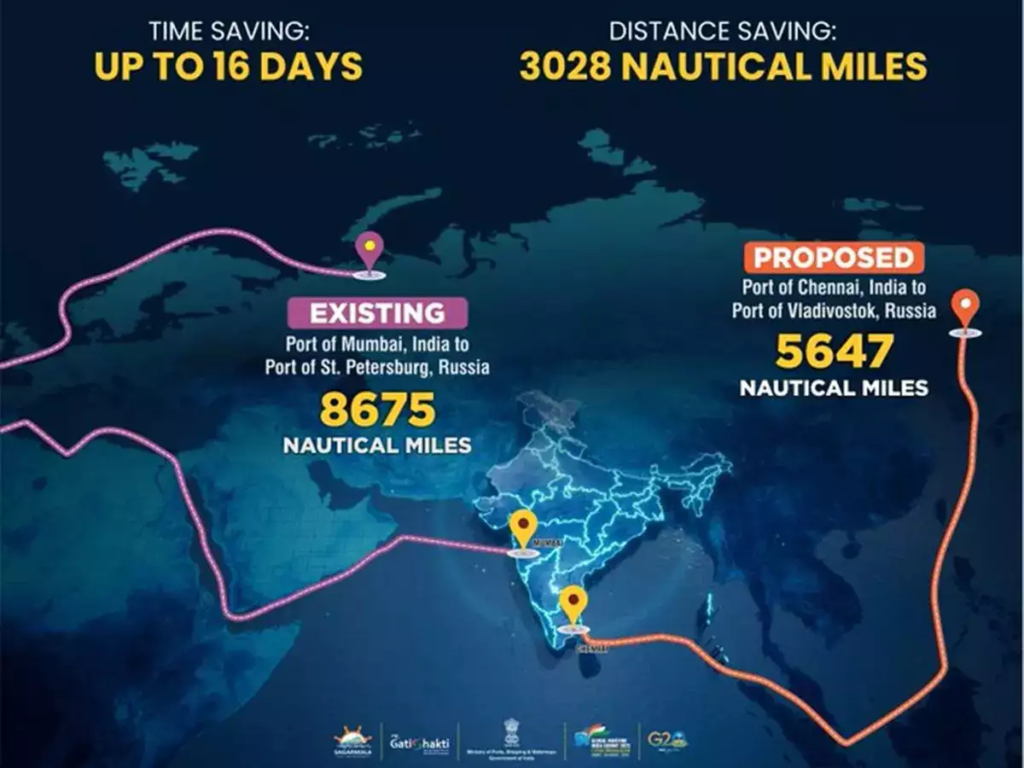
Despite the Ukraine war, trade between India and Russia is at record levels. Crude oil coming from Russia has an important place in this trade. India is meeting the ever-increasing energy demand in its country through Russian oil imports. The Organization of the Petroleum Exporting Countries (OPEC) estimates India’s oil demand to be 5.59 million barrels per day in 2024, up from 5.37 million barrels per day in 2023. India’s oil imports reached unprecedented levels in January 2024. Russia’s role in India’s oil imports remains important. But, the Red Sea crisis and US sanctions on Russian tanker companies have increased India’s tension. This is why India and Russia have discovered a new way to trade commodities including oil.
Red Sea crisis increased India’s tension
Indian refineries want to import more oil from Russia, but attacks by Houthi rebels in the Red Sea have caused tanker prices to rise sharply. The crisis has disrupted global shipping and supply chains. This is affecting the prices of commodities and crude oil. According to Kpler data, 10-12% of worldwide crude oil exports and 14-15% of other oil product exports, including gasoline and diesel, pass through the Red Sea. But, since January 16, 2024, an unprecedented decline has been recorded. This is the reason why many countries of the world including India have started looking for new avenues for trade.
India’s maritime trade costs increased
The Red Sea crisis has not only heightened India’s energy and security concerns, but also increased transportation costs and time. It is estimated that the closure of the Suez Canal could cause a daily loss of about $200 million to India’s trade. Additionally, the conflict has increased shipping expenses by 40–60%, significantly increasing rates for transporting 20-foot containers to Europe and the US. It now costs an average of $2,000, up $500 from before the crisis. Similarly, freight rates for shipping containers to Saudi Arabia have doubled, from $700 earlier to $1,500.
India-Russia discovered new trade corridor
The Red Sea crisis has forced India to consider the Eastern Maritime Corridor (EMC). The proposed trade route could be a new route for coking coal, crude oil, LNG, fertilizers and containers. It connects the port of Chennai to the port of Vladivostok in Russia. The EMC will pass through the Bay of Bengal, Andaman Sea, Strait of Malacca, South China Sea, East China Sea and Sea of Japan. India and Russia used the Eastern Sea Corridor during the Soviet era, but after the 1990s the route became practically inactive due to low trade volumes. Today, the EMC is once again becoming important for the future development of bilateral relations.
Suez Canal will be freed from the new corridor
Currently, Russian ships and shipments transiting the Suez Canal are not a primary target of the Houthis. Despite this, all the major container companies are staying away from the Suez Canal and the Red Sea. Instead of using this route, they are forced to circumnavigate the entire African continent, due to which both time and cost are increasing. This has resulted in a shortage of ships and increased freight rates due to the new longer routes. In this context, there are several advantages of adopting the Eastern Sea Corridor (EMC) over the existing routes (Cape of Good Hope Route and Northern Sea Route in addition to the Red Sea Route) for India-Russia trade.
The distance between India and Russia will reduce by 40 percent
The Eastern Maritime Corridor (EMC) offers a significant reduction in cargo transit time between India and the Russian Far East, potentially up to 16 days, and distance by up to 40%, which can guarantee substantial efficiency gains in transportation. At present, the route from Mumbai to St. Petersburg, Russia, via the Western Sea Route and Suez Canal spans 8,675 nautical miles or 16,066 km. In contrast, the distance from Chennai to Vladivostok via EMC is much shorter, only 5,647 nautical miles or 10,458 km. This results in a substantial saving of 5,608 km in distance, thereby significantly reducing logistics costs and increasing the efficiency of cargo transportation between the two countries.
New corridor will strengthen strategic partnership
The EMC is not only a trade route but also a strategic corridor that can enhance cooperation between India and Russia in the energy sector as well as other areas such as the Arctic and the Northern Sea Route (NSR). The Arctic region is a key region for Russia’s economy, containing about 13% of the world’s undiscovered oil and 30% of undiscovered gas reserves. India has shown significant interest in investing in Arctic projects and using the NSR, which is a shorter and cheaper route to Europe and North America than the Suez Canal route.


